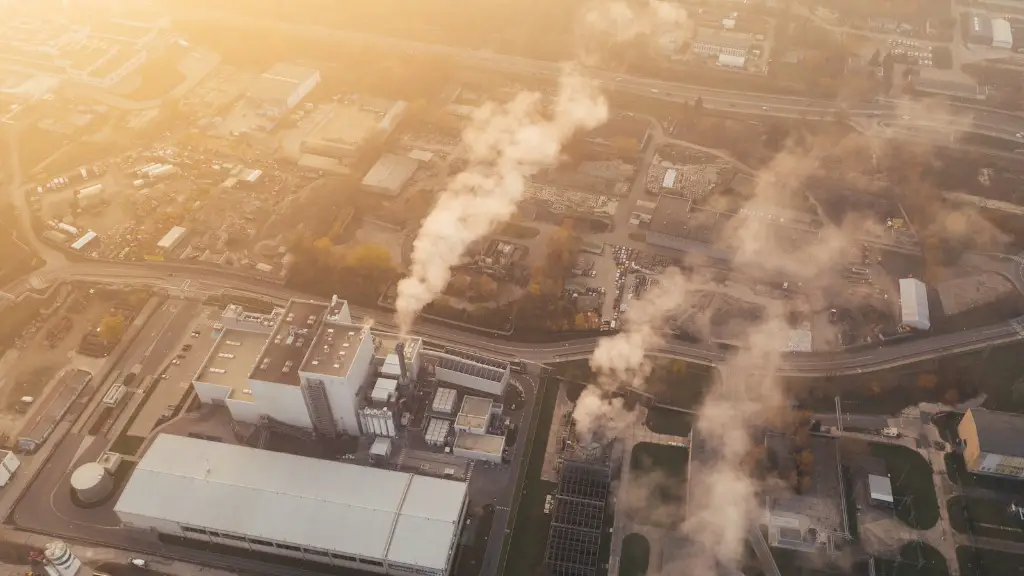Wildfires have become an increasingly common occurrence around the globe, especially in niche regions prone to periods of high temperature and dryness. With the rise in temperature, many parts of the world are witnessing unpredictable weather patterns and displacement of biodiversity. Beyond causing extensive ecological damage and loss of property, wild fires significantly impact our planet’s climate. Climate change is, in turn, significantly impacted by these uncontrollable disasters, leading to a feedback loop between the two.
Wildfires, when uncontrolled, release a massive amount of carbon and other gases that play a crucial role in the rise of global temperatures. Especially in carbon-rich areas, the burning of trees and vegetable matter can result in the emission of large amounts of carbon di-oxide, methane, and nitrous oxide. Due to the rise in temperature, these areas experience a greater number of frequent and intense wildfires and droughts, which contribute further to the incremented emission of greenhouse gases. Wildfires on a massive scale can result in more carbon dioxide than is annually generated by human activities, with some expansive infernos capable of emitting more than 200 metric tons of carbon dioxide in just a single day, according to data from NASA’s Carbon Monitoring System.
Moreover, the smoke and soot generated by the burning of fossil fuels can cause a breach to the stratosphere and troposphere, allowing it to act as an insulation layer and absorb more heat. This phenomenon is known as the smoke halo, and as the atmosphere is filled with stronger greenhouse gases, it traps more and more heat, thus preventing it from radiating from the surface of the earth. Essentially, this means that the level of radiation-trapping gas compounds in the atmosphere increases, leading to a rise in global temperatures.
It is worth noting, however, that a certain amount of wildfires occurring naturally in nature, is necessary for some ecosystems and species to thrive. When burning, wildfires can stimulate growth for certain plants and trees. For example, the heat helps to release nutrients from the ground and eradicate overgrown plants, creating space and conditions perfect for new growth. Similarly, in biological terms, the ashes of burnt materials are an excellent source of fertility and nutrition, promoting the multiplication of some species and providing habitats for fauna. Additionally, regular forest fires can prevent the formation of larger and potentially deadly infernos, by eliminating debris and other flammable material that would otherwise pose a threat.
Given their effects, it is essential to create a conscious effort to better help manage the wildfire menace with more efficient methods and technologies. Measures that curtail future risks and mitigate existing ones should be taken with incentive-based programs that entice communities to protect forests. Dissemination of ongoing research to strengthen wildfire prevention is also key. Furthermore, people living near forests should also be advised about potential fire-risks and alerts for such occurrences. These preventive measures coupled with the enforcement of stricter environmental policies and regulations can lead to a healthier Earth. Ultimately, by educating ourselves about wildfires and their negative impacts on global warming, we can take meaningful steps toward a better and greener future.

